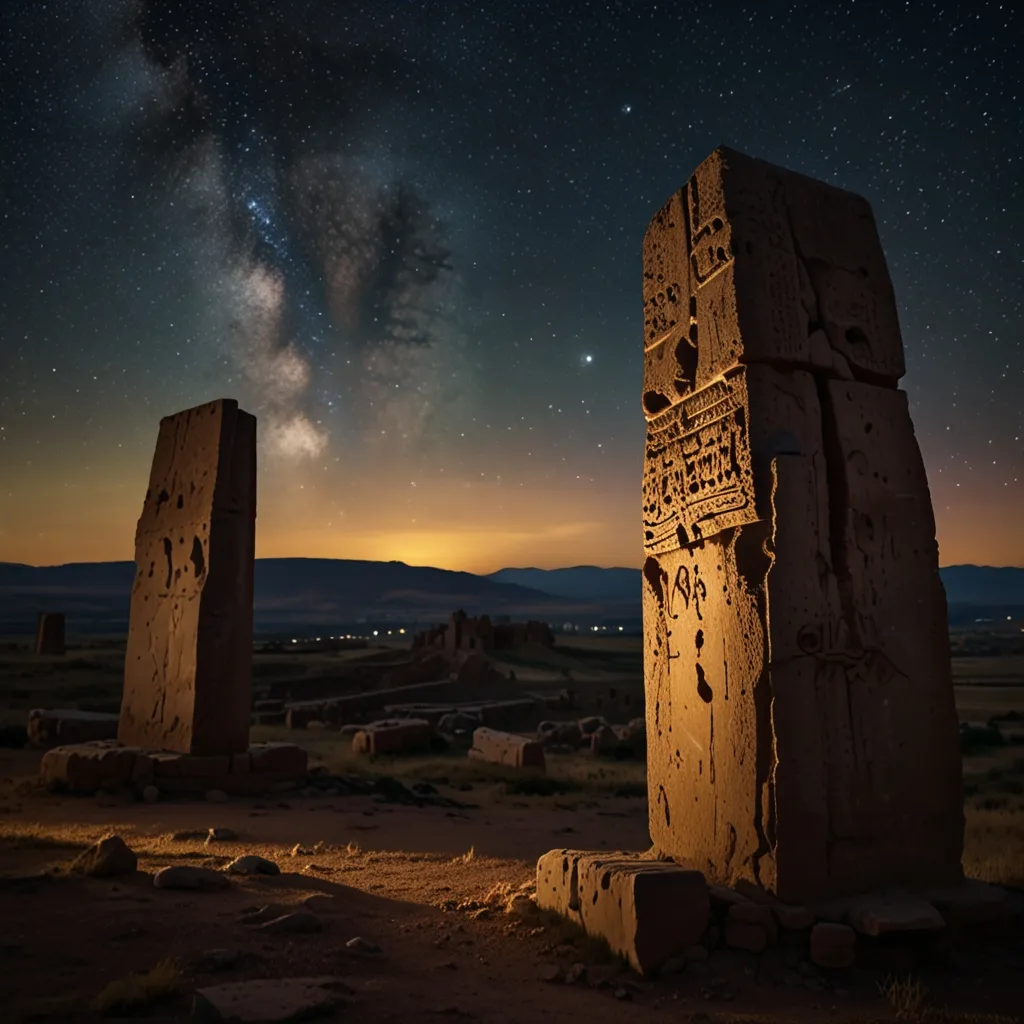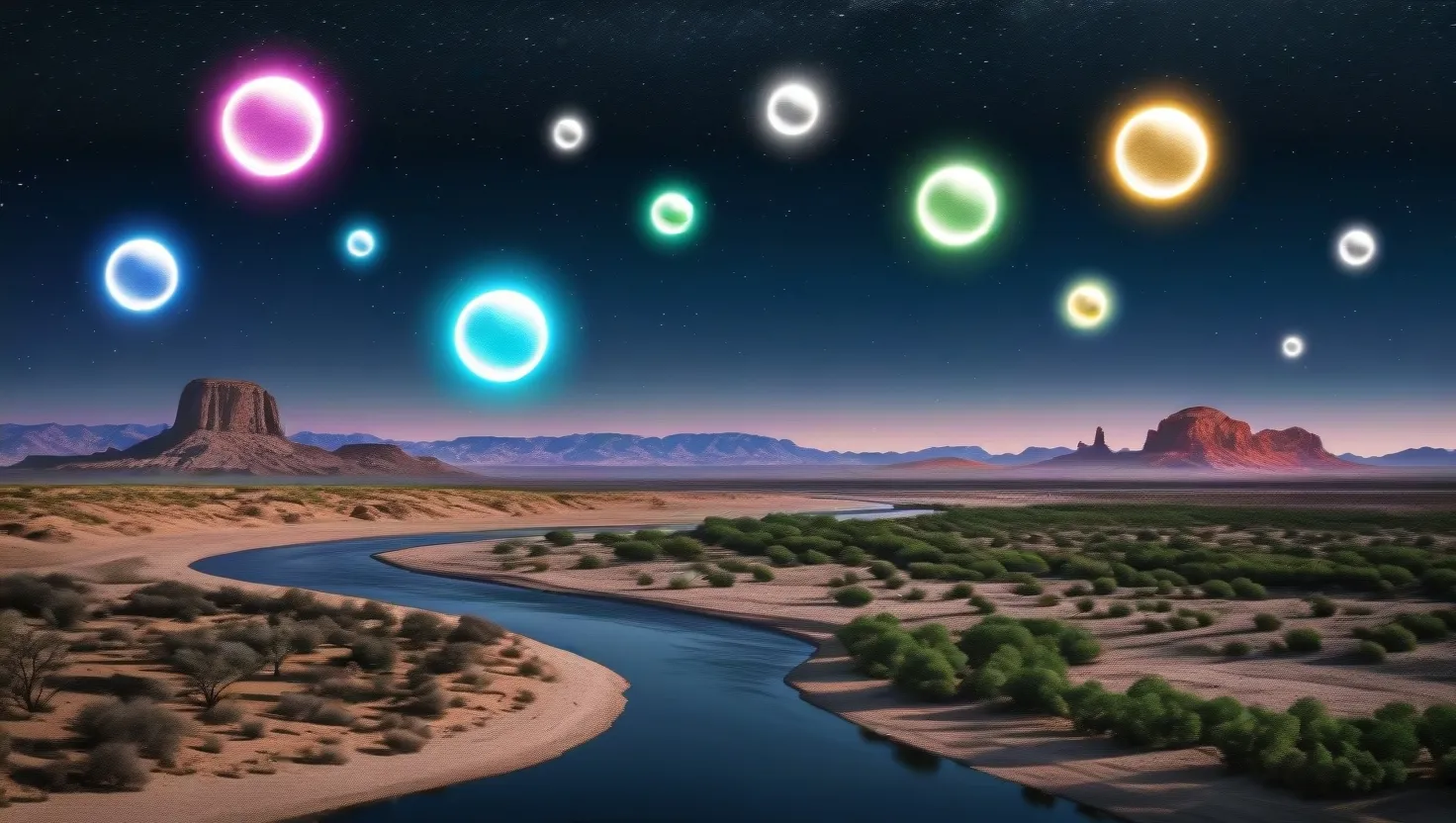Ancient civilizations, massive stone structures, and hidden wisdom carried through time—these are the ingredients for the kind of mystery that makes our imagination whir. At the heart of it all stands Göbekli Tepe, a site that has stirred a whirlwind of wonderment since its discovery in the mid-90s. Located on a hillside in Turkey known as Potbelly Hill, this archeological marvel has challenged everything we thought we knew about human history. But beyond its stones lies a narrative of pre-ice-age societies, transfer of forgotten knowledge, and cosmic warnings that captivate and chill in equal measure.
In 1994, archaeologist Klaus Schmidt stumbled upon what should have been an impossible sight: meticulously carved limestone pillars, some weighing up to 10 tons, arranged in circles. The sheer size was impressive, but their age was mind-boggling. Dated to around 11,600 years ago, these structures predate Stonehenge by about 6,000 years. It was like finding a smartphone in a caveman’s hand—a real head-scratcher.
Göbekli Tepe, with its towering monoliths, was none other than an astronomical observatory, aligned with the star Sirius. Over a millennia of occupation, the builders continually adapted the structures to follow the shifting stars. To put this in perspective, our ancestors back then, supposedly fresh off mastering the bow and arrow, were already marking cosmic time with astronomical precision. Mainstream archaeology says humans weren’t supposed to have such skills for another several thousand years. So, what’s the story here?
Archaeologists have unearthed only about 5% of the site, revealing barely the tip of the iceberg—or, more aptly, the top of the hill. Buried within the earth lie numerous other enclosures, potentially more than twenty, adding to the allure of what else might be hidden in this 100,000 square-foot cradle of ancient innovation.
The stones are more than Marvels of stone-craft; they are storytellers. The vulture stone, or Pillar 43, is the key to unlocking their ancient story. The carvings depict animals, humans, and asterisms—star patterns that mirror constellations, pointing like celestial signposts to a pivotal slice of history. The stone’s configurations literally map out the stars’ arrangement from about 13,000 years ago, creatively dating to the terrible events of the Younger Dryas—a period known for abrupt climate change and species extinction, theorized to have been caused by a comet impact.
This potential cataclysm etched in stone was yet to come when Göbekli Tepe flourished, leading some to surmise it was built to both commemorate and warn future generations. View it as a dense historical book carved into rock—that is, if you can read the language of ancient stone. But a larger question looms: If this was a farewell letter from a lost civilization, then who were these scribe masons?
Mainstream narratives might brush off pre-Younger Dryas humans as primitive, but Göbekli Tepe suggests there was a vast and prosperous civilization, perhaps one that thrived in harmony across continents. Supporting this extraordinary hypothesis are native legends and myths from every corner of the globe, each recounting a great flood that reshaped the world’s landscape and peoples.
Ancient texts and folklore from the Hopi, Hindu, Aztec, and Norse traditions—just to name a few—all talk about teachers or god-figures who brought civilization’s knowledge to primitive peoples post-flood. These stories suggest that survivors from advanced Atlantis-like societies imparted their wisdom to humankind’s next chapter. What a gift that must have been.
After all, Göbekli Tepe wasn’t alone in the Anatolian region’s pre-Ice Age architectural landscape. Nearby Karahan Tepe and recently unearthed Boncuklu Tarla both predate and align with remarkably sophisticated urban planning. These settlements speak of a Neolithic Atlantis of sorts, a conglomerate of societies possibly sharing technological and spiritual insights.
Experts continue the arduous quest to unveil hidden truths. It’s a tough endeavor, especially since Göbekli Tepe was deliberately buried around 10,000 years ago. Whether to protect it from natural ravage or to serve as a time capsule for future civilizations remains unanswered—the site itself transformed into a monumental enigma, shielded from easy discernment.
While conspiracy whispers hint at government cover-ups and controlled narratives, it’s insightful to remember how fragile the timelines of human history are—prone to erasure by time’s sweeping hand. We’re left to ponder this profound legacy wrapped in stone and soil: a cosmic calendar, a global wealth of ancient craftsmanship, silently standing across millennia to tell us something vitally important.
And perhaps, hidden among the stones, lies a cautionary reminder: The stars we gaze upon tonight might one day recount our own story of rise and fall. In a universe where patterns repeat, knowing the past—truly knowing it—might one day save the future.






